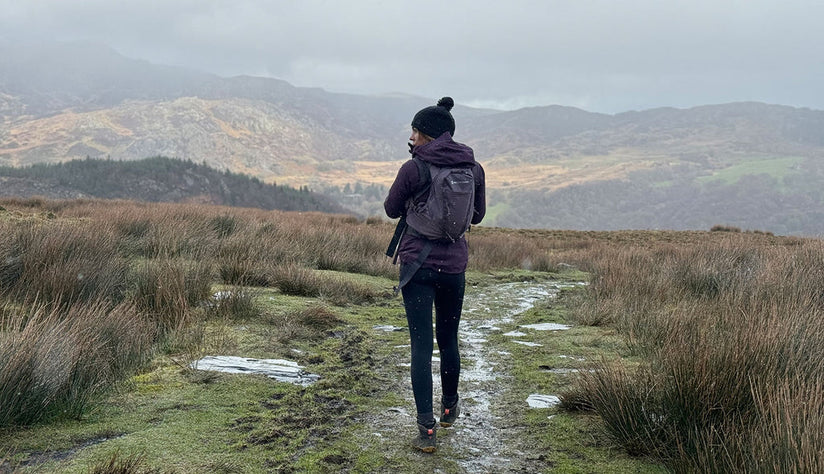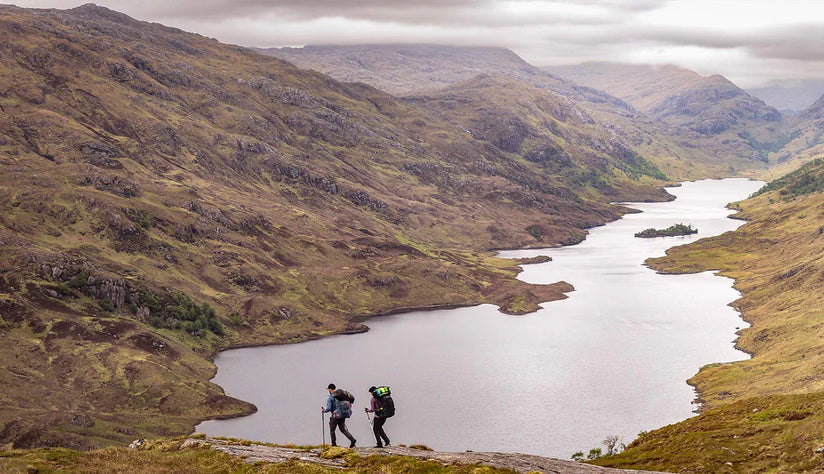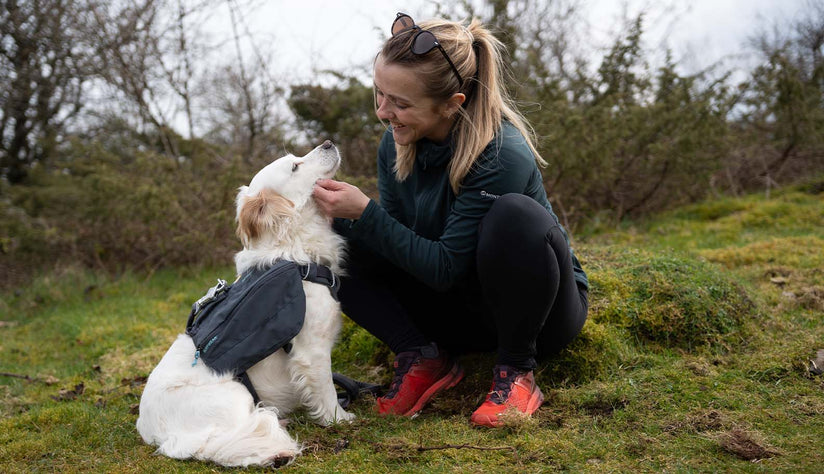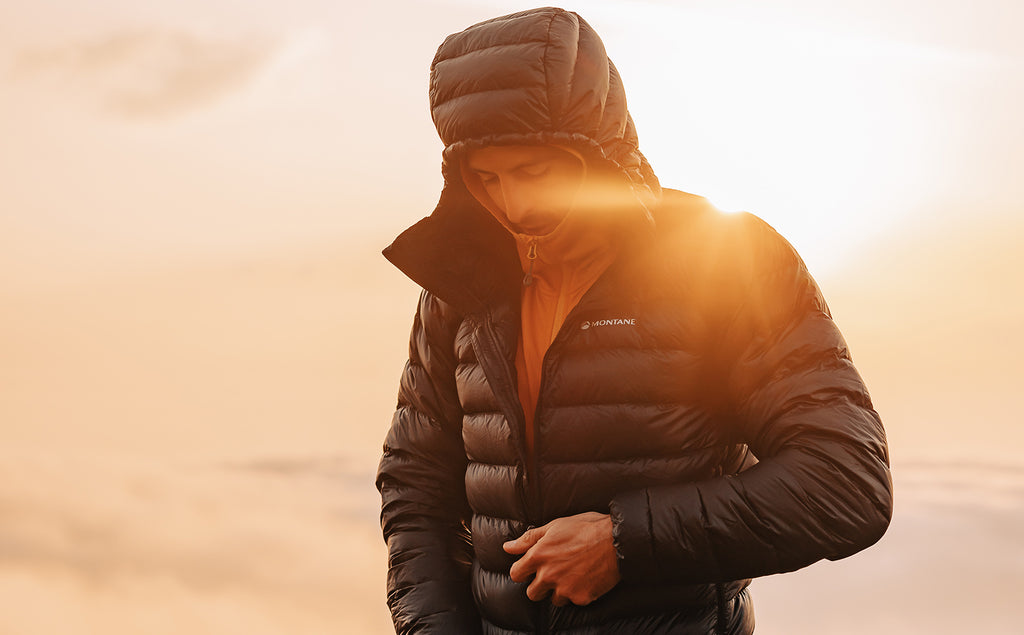What you wear when you explore outdoors is your first line of defense against whatever the weather throws at you. Predicting these conditions and having the right kit to hand is, therefore, vital to enable you to explore comfortably and safely. Ultimately, a layering system provides you a vital tool to tackle the environment you wish to explore, no matter what motivates you to get outside…
The basics of layering
Layering consists of a few layers of kit which possess performance characteristics engineered to keep you warm, dry, protected and comfortable from the elements. Effective layering can be applied to other areas too - including legwear and accessories.
The ultimate aim of a layering system is to maximise your comfort by creating a microclimate and regulating your body temperature. Your layers do this by allowing sweat to leave your body and by protecting from rain, wind and snow. This, in turn, keeps you warm, dry and comfortable.
Depending on the weather and how warm or hot the day is, you can layer up or down accordingly, making adjustments to suit your specific needs. An effective and versatile layering system can also be crucial to your safety - this is especially true in the mountains, where the conditions can vary quickly.

The moisture managing base layer
The first layer of a layering system is always a technical base layer. This is also known as your next-to-skin layer and needs to move the moisture away from the skin. This is a process known as wicking and helps to keep you dry and comfortable. By allowing this movement of moisture, you remain cool when moving and it also avoids you feeling chilly when you stop for a rest.
Montane base layers come in a variety of styles and weights, including long and short sleeved. Our popular Dart Base Layers are made with recycled polyester, which, alongside being better for the planet, has been deliberately chosen for its fast drying abilities. Odour-controlling Polygiene also means you can wear these longer and wash them less.
On hot, sunny summer days, a base layer may be all you need to keep comfortable (and cool) on the trail. Alternatively, in winter, you will likely need additional warmth. Our Dart Thermo Base Layers come with a brushed back to provide added insulation in your winter layering system.

The fleece mid layer
The first mid layer acts as a vital extension of your base layer. Just like the base layer, it also needs to manage moisture effectively. This mid layer should also provide some insulation to help keep you warm (more on that in a minute.) Typically, this would be a lightweight to midweight fleece.
Generally your mid layer is your most versatile layer. Depending on the conditions, it could be all you need to explore comfortably outside, acting as your outer layer. We have several insulating options to choose from at Montane, including our extensive Protium Fleece collection, as well as our new highly durable Fury Fleece for men and women.

The insulating mid layer
For colder adventures, a warmer mid layer is likely needed, either in addition to your fleece or acting as a replacement. Ultimately, this insulation works by trapping air in your microclimate, which in turns keeps you warm.
How cold the day is will determine the right insulating layer needed. For chiller spring summer days, an air-permeable synthetic Fireball Jacket will provide the core body warmth required. For those sub-zero days in winter, where increased warmth is essential, our packable Anti-Freeze Down Jackets have been developed with different activities in mind and are easily stashed away in a backpack when no longer needed.

The protective outer layer
The outer layer is your protective barrier against the elements, designed to protect from any wind, rain or snow. Alongside keeping you dry and protected from the wind, this outer layer needs to be breathable to allow moisture vapour to escape the layering system. Ultimately, this maximises your comfort.
Choosing the best outer layer is dependent on the conditions you are likely to encounter. For wet days with heavy downpours forecast, a durable waterproof jacket is best suited. Our Phase Waterproofs come in several options and with GORE-TEX’s GUARANTEED TO KEEP YOU DRY™ promise. On blustery days with the chance of little rain, a windproof jacket such as our Featherlite for men and women would be more appropriate.

Optimising your layering system
Your layering system alone is not enough to keep you totally comfortable on the move. That’s because your head and hands lose heat. As the body gets cold, it also reduces blood flow to the arms and legs to help keep your core and vital organs warm.
Ensuring these other areas of your body are also suitably protected for the conditions you’ll face is therefore important; cue a warm Montane hat! As mentioned previously, the layering concept can also be applied elsewhere, especially for hands. This involves pairing a thinner next-to-skin glove liner with a protective outer mitten.

















